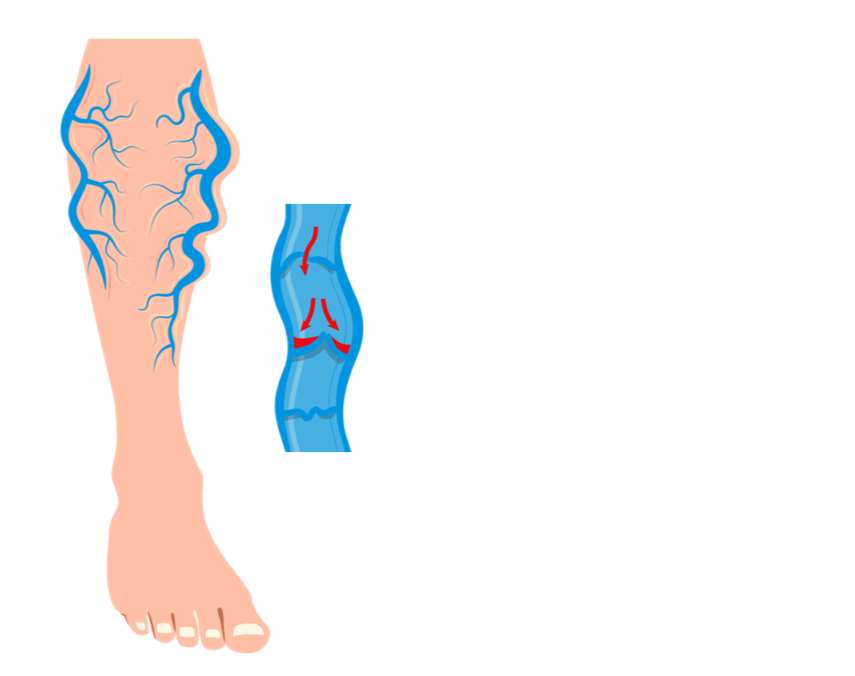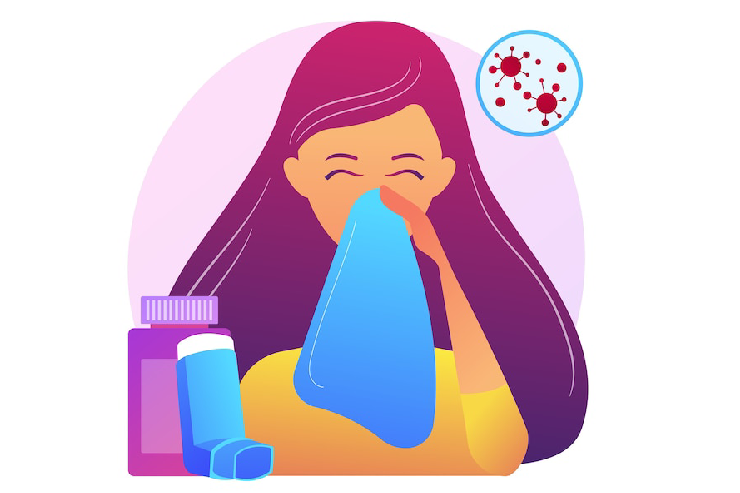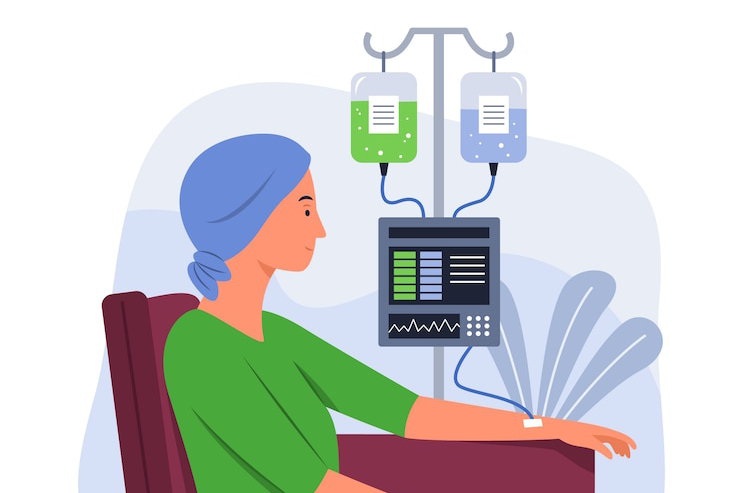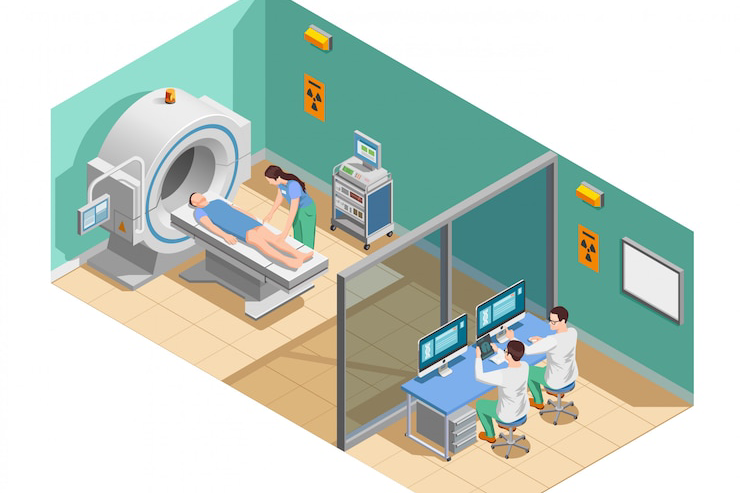
Understanding Varicose Veins: Causes, Symptoms, and Modern Treatments
Varicose veins are a common yet often misunderstood vascular condition that affects millions worldwide. While they may seem like a mere cosmetic concern, varicose veins can cause discomfort and, in some cases, lead to more serious health issues. At ITM Hospital, our commitment is to provide comprehensive care and the latest treatment options for patients with varicose veins. This article explores the causes, symptoms, prevention, and advanced treatments available for this prevalent condition.
What Are Varicose Veins?
Varicose veins are enlarged, swollen, and twisted veins that typically appear just beneath the surface of the skin, most commonly in the legs, ankles, or feet. Their blue or purple bulging appearance is due to blood pooling in the veins, a result of weakened or damaged valves that fail to keep blood flowing efficiently back to the heart. While often dismissed as a cosmetic issue, varicose veins can cause pain, swelling, and a heavy sensation in the legs, impacting daily activities and quality of life.
Why Do Varicose Veins Develop?
The veins in our legs are equipped with one-way valves that help return blood to the heart against gravity. When these valves weaken or become damaged, blood can flow backward and collect in the vein, causing it to stretch and twist. Several factors increase the risk of developing varicose veins:
- Genetics: Family history plays a significant role.
- Age: Vein elasticity decreases with age.
- Gender: Women are more likely to develop varicose veins, possibly due to hormonal influences.
- Pregnancy: Increased blood volume and hormonal changes during pregnancy can contribute.
- Obesity: Excess weight puts additional pressure on veins.
- Prolonged Standing or Sitting: Occupations that require long periods of immobility increase risk.
Symptoms and Complications
Varicose veins can present with a range of symptoms, including:
- Visible, bulging veins
- Aching, throbbing, or heaviness in the legs
- Swelling, especially after standing for long periods
- Itching or skin discoloration near the affected veins
While many people experience only mild discomfort, untreated varicose veins can sometimes lead to complications such as skin ulcers, bleeding, or blood clots (superficial thrombophlebitis or, rarely, deep vein thrombosis).
Prevention and Lifestyle Modifications
Although not all cases of varicose veins can be prevented, certain lifestyle changes can reduce the risk of developing them or prevent existing ones from worsening:
- Regular Exercise: Activities like walking or cycling strengthen leg muscles and improve circulation.
- Weight Management: Maintaining a healthy weight reduces pressure on leg veins.
- Leg Elevation: Elevating legs periodically helps blood flow back to the heart.
- Avoid Prolonged Standing or Sitting: Take frequent breaks to move around if your job requires long periods of immobility.
- Compression Stockings: These can improve blood flow and alleviate symptoms for many patients.
Modern Treatment Options
Thanks to advancements in medical technology, the management of varicose veins has evolved significantly. At ITM Hospital, we offer a range of minimally invasive and effective treatments tailored to individual needs:
- Compression Therapy: Often the first line of management, compression stockings help improve blood flow and reduce symptoms.
- Endothermal Ablation: This minimally invasive procedure uses radiofrequency or laser energy to heat and close off affected veins. Performed under local anaesthesia, patients can usually return home the same day with minimal downtime.
- Foam Sclerotherapy: A chemical foam is injected into the vein, causing it to close and eventually fade. This is particularly useful for veins unsuitable for endothermal ablation.
- Ultrasound-Guided Foam Sclerotherapy (UGFS): Used for smaller or thin-walled veins, this technique is effective and less invasive.
- Catheter-Based Procedures: Techniques like endovenous laser ablation (EVLA) and radiofrequency ablation (RFA) offer high success rates, fewer complications, and quicker recovery compared to traditional surgery.
- Emerging Technologies: Innovations such as high-intensity focused ultrasound (HIFU) and non-thermal catheter-based techniques provide precise, non-invasive alternatives for select patients.
Traditional surgical options, such as vein stripping, are now less common due to higher complication rates and longer recovery times. Today’s minimally invasive techniques allow for faster recovery, less discomfort, and excellent cosmetic results.
When to Seek Medical Advice
While varicose veins are often benign, you should consult a healthcare provider if you experience:
- Persistent pain or swelling
- Skin changes or ulcers near the ankle
- Sudden swelling or pain in the leg (which could indicate a blood clot)
- Bleeding from a varicose vein
Conclusion
Varicose veins are more than a cosmetic concern—they can affect your comfort, mobility, and overall well-being. With modern, minimally invasive treatments and preventive strategies, most people can find relief and restore confidence in their leg health. At ITM Hospital, our vascular specialists are dedicated to providing personalized care, from diagnosis to advanced treatment options, ensuring the best outcomes for our patients.
If you are concerned about varicose veins or wish to explore your treatment options, schedule a consultation with our expert team today. Let us help you take the next step toward healthier, more comfortable legs.



